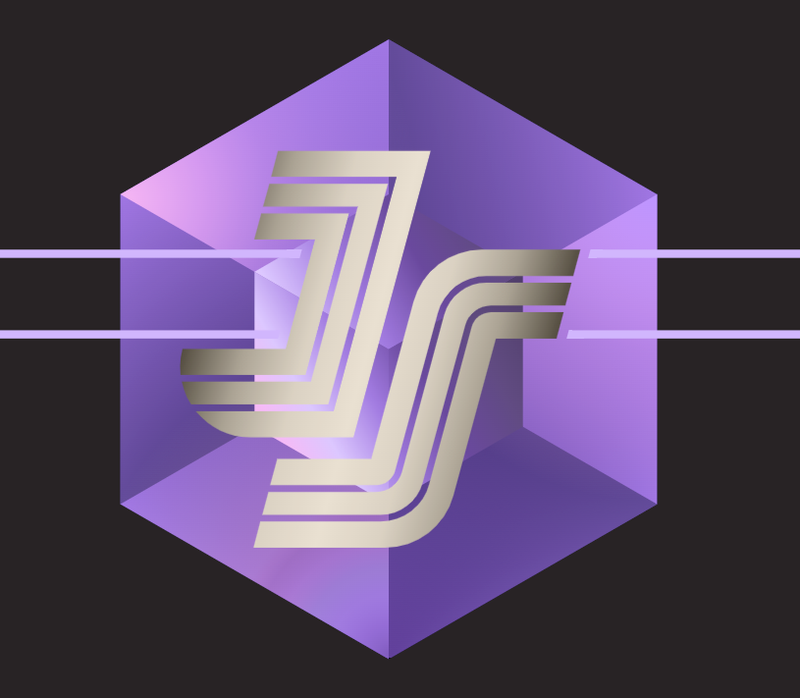sqs-consumer



Build SQS-based applications without the boilerplate. Just define a function that receives an SQS message and call a callback when the message has been processed.
Installation
npm install sqs-consumer
Usage
var Consumer = require('sqs-consumer');
var app = Consumer.create({
queueUrl: 'https://sqs.eu-west-1.amazonaws.com/account-id/queue-name',
handleMessage: function (message, done) {
done();
}
});
app.on('error', function (err) {
console.log(err.message);
});
app.start();
- The queue is polled continuously for messages using long polling.
- Messages are deleted from the queue once
done() is called. - Calling
done(err) with an error object will cause the message to be left on the queue. An SQS redrive policy can be used to move messages that cannot be processed to a dead letter queue. - By default messages are processed one at a time – a new message won't be received until the first one has been processed. To process messages in parallel, use the
batchSize option detailed below.
Credentials
By default the consumer will look for AWS credentials in the places specified by the AWS SDK. The simplest option is to export your credentials as environment variables:
export AWS_SECRET_ACCESS_KEY=...
export AWS_ACCESS_KEY_ID=...
If you need to specify your credentials manually, you can use a pre-configured instance of the AWS SQS client:
var Consumer = require('sqs-consumer');
var AWS = require('aws-sdk');
AWS.config.update({
region: 'eu-west-1',
accessKeyId: '...',
secretAccessKey: '...'
});
var app = Consumer.create({
queueUrl: 'https://sqs.eu-west-1.amazonaws.com/account-id/queue-name',
handleMessage: function (message, done) {
},
sqs: new AWS.SQS()
});
API
Consumer.create(options)
Creates a new SQS consumer.
Options
queueUrl - String - The SQS queue URLregion - String - The AWS region (default eu-west-1)handleMessage - Function - A function to be called whenever a message is received. Receives an SQS message object as its first argument and a function to call when the message has been handled as its second argument (i.e. handleMessage(message, done)).attributeNames - Array - List of queue attributes to retrieve (i.e. ['All', 'ApproximateFirstReceiveTimestamp', 'ApproximateReceiveCount']).messageAttributeNames - Array - List of message attributes to retrieve (i.e. ['name', 'address']).batchSize - Number - The number of messages to request from SQS when polling (default 1). This cannot be higher than the AWS limit of 10.visibilityTimeout - Number - The duration (in seconds) that the received messages are hidden from subsequent retrieve requests after being retrieved by a ReceiveMessage request.waitTimeSeconds - Number - The duration (in seconds) for which the call will wait for a message to arrive in the queue before returning.authenticationErrorTimeout - Number - The duration (in milliseconds) to wait before retrying after an authentication error (defaults to 10000).sqs - Object - An optional AWS SQS object to use if you need to configure the client manually
consumer.start()
Start polling the queue for messages.
consumer.stop()
Stop polling the queue for messages.
Events
Each consumer is an EventEmitter and emits the following events:
| Event | Params | Description |
|---|
error | err | Fired when an error occurs interacting with the queue. |
processing_error | err | Fired when an error occurs processing the message. |
message_received | message | Fired when a message is received. |
message_processed | message | Fired when a message is successfully processed and removed from the queue. |




